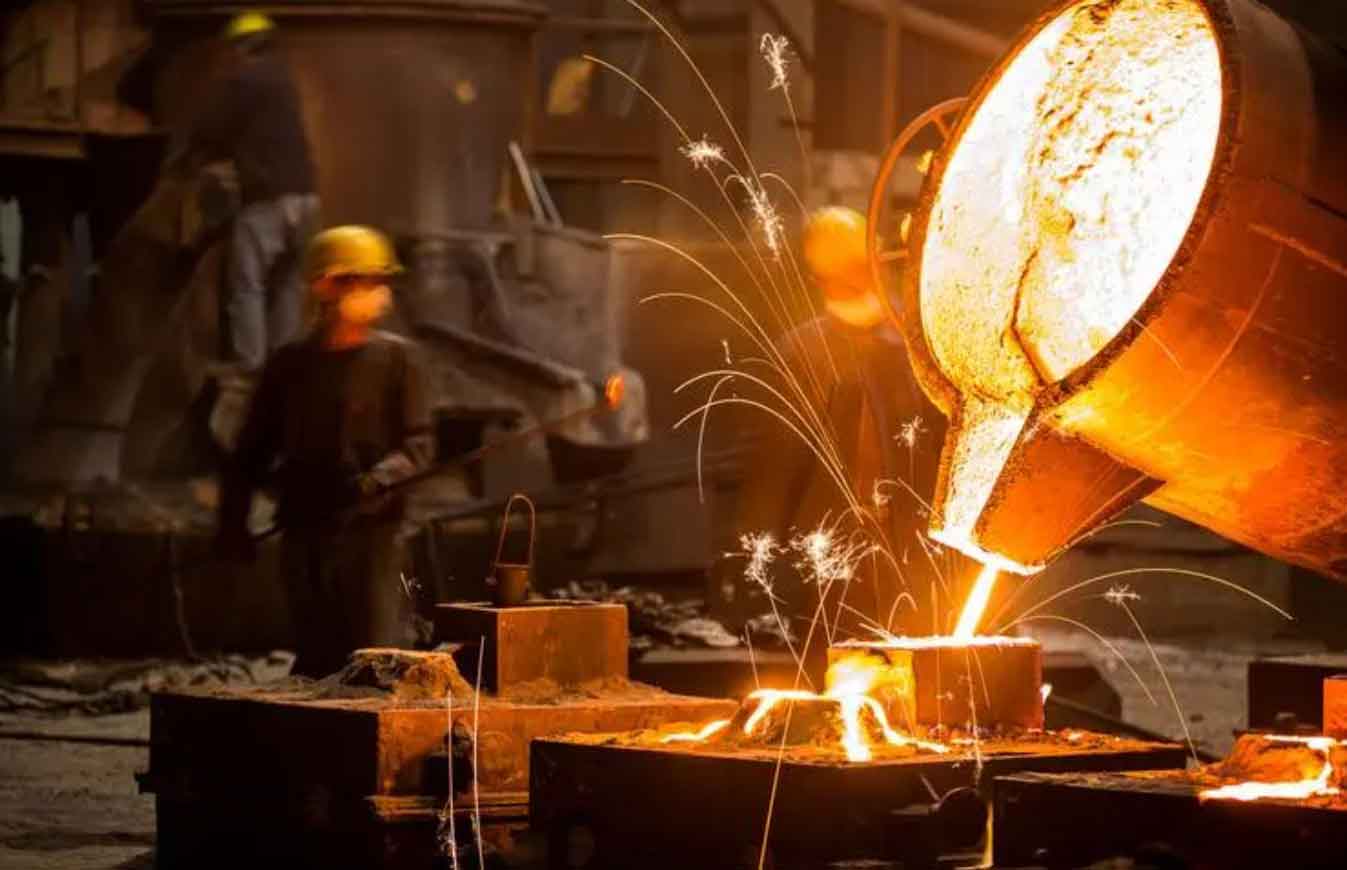The integration of visualization and digital technologies into sand casting equipment has become critical for advancing manufacturing capabilities under the “Industry 4.0” framework. This paper explores the systematic implementation of IoT-enabled control systems, data acquisition methodologies, and intelligent process optimization in sand casting production lines.

1. Current Challenges in Sand Casting Digitization
Traditional sand casting processes face three primary limitations:
| Parameter | Manual Control | Digital Solution |
|---|---|---|
| Mold Temperature | ±25°C variance | ±3°C precision |
| Sand Layer Thickness | Visual inspection | Laser measurement |
| Process Cycle Time | 180-240s | Optimized to 150s |
The thermal management of sand casting molds follows Fourier’s Law of heat conduction:
$$ \frac{\partial T}{\partial t} = \alpha \left( \frac{\partial^2 T}{\partial x^2} + \frac{\partial^2 T}{\partial y^2} + \frac{\partial^2 T}{\partial z^2} \right) $$
Where α represents thermal diffusivity (m²/s), crucial for predicting solidification patterns in sand casting processes.
2. Hardware Architecture for Smart Sand Casting
The distributed control system integrates three-tier data acquisition:
| Tier | Components | Sampling Rate |
|---|---|---|
| Field Layer | PT100 sensors, pressure transducers | 10 Hz |
| Control Layer | PLC with PROFINET | 100 ms cycle |
| Cloud Layer | SQL database | Batch processing |
The pressure-velocity relationship in sand injection is modeled as:
$$ P = \frac{\rho v^2}{2} + \rho gh + P_0 $$
Where ρ represents sand density (kg/m³), v injection velocity (m/s), and P₀ atmospheric pressure.
3. Digital Twin Implementation
Key performance indicators (KPIs) for sand casting digital twins:
| KPI | Formula | Target Value |
|---|---|---|
| Equipment Efficiency | OEE = A × P × Q | ≥85% |
| Energy Intensity | EI = E/Qcast | ≤0.8 kWh/kg |
| Quality Yield | Y = (Qgood/Qtotal)×100% | ≥98.5% |
4. Predictive Maintenance Framework
Vibration analysis for sand casting equipment utilizes Fast Fourier Transform (FFT):
$$ X(k) = \sum_{n=0}^{N-1} x(n)e^{-j2\pi kn/N} $$
Where x(n) represents time-domain vibration data, and X(k) identifies frequency-domain fault signatures.
5. Case Study: Implementation Results
| Metric | Pre-Implementation | Post-Implementation |
|---|---|---|
| Defect Rate | 2.8% | 0.9% |
| Energy Consumption | 1.2 kWh/kg | 0.7 kWh/kg |
| Production Lead Time | 72 hours | 48 hours |
The thermal optimization model for sand casting achieves 18% energy reduction through:
$$ Q_{saved} = \sum_{i=1}^{n} (T_{old}^{(i)} – T_{new}^{(i)}) \times C_p \times m_{sand} $$
Where Cp represents specific heat capacity of sand (kJ/kg·K).
6. Future Development Trends
Emerging technologies in sand casting digitization include:
| Technology | Application Potential | TRL Level |
|---|---|---|
| AI Defect Detection | Real-time X-ray analysis | 7 |
| Blockchain Traceability | Material provenance tracking | 5 |
| 5G-enabled Robotics | Remote mold handling | 6 |
The integration of these advancements positions sand casting as a leader in smart manufacturing, demonstrating 22% higher productivity compared to conventional methods while maintaining stringent quality standards.
